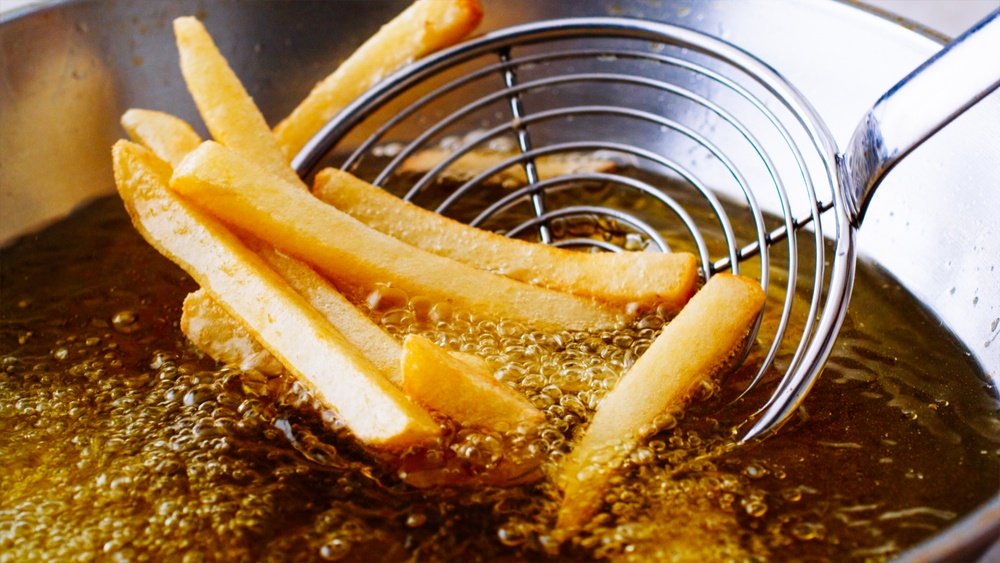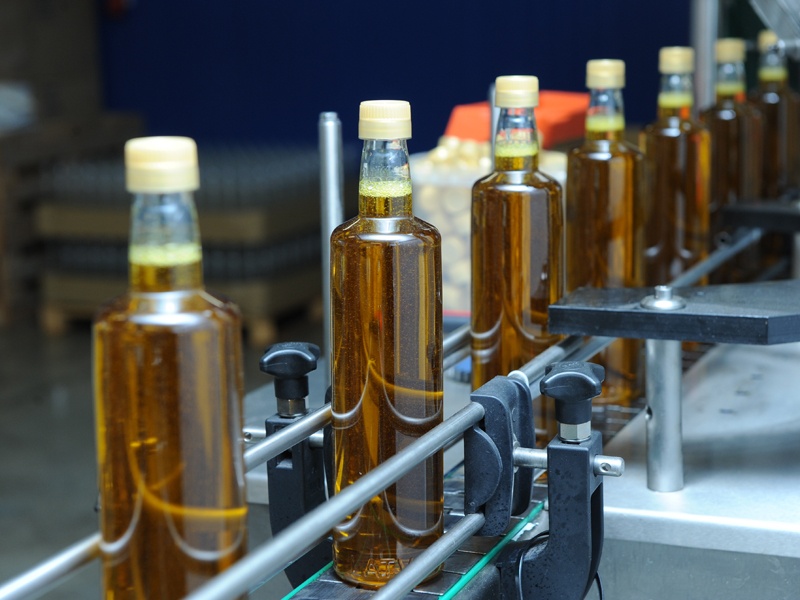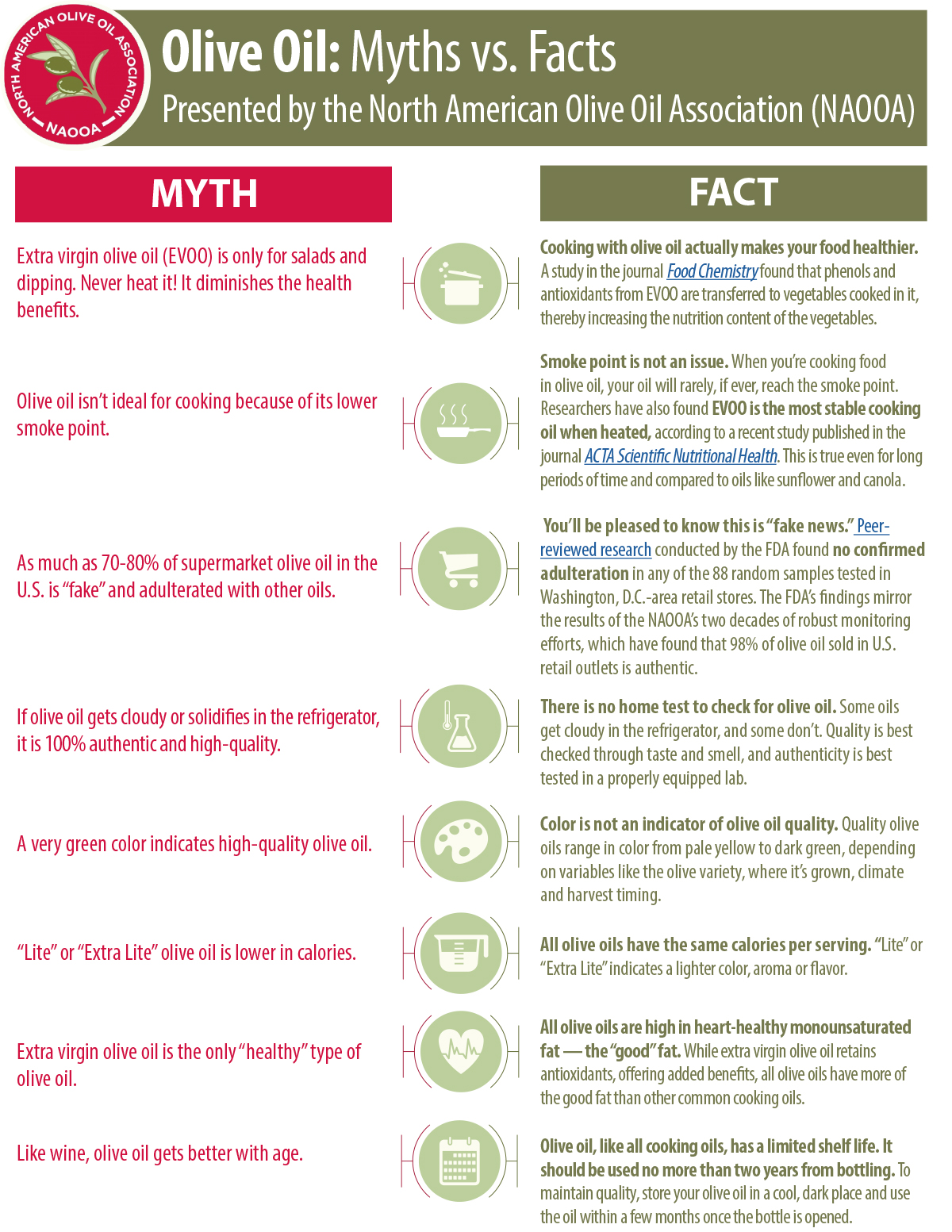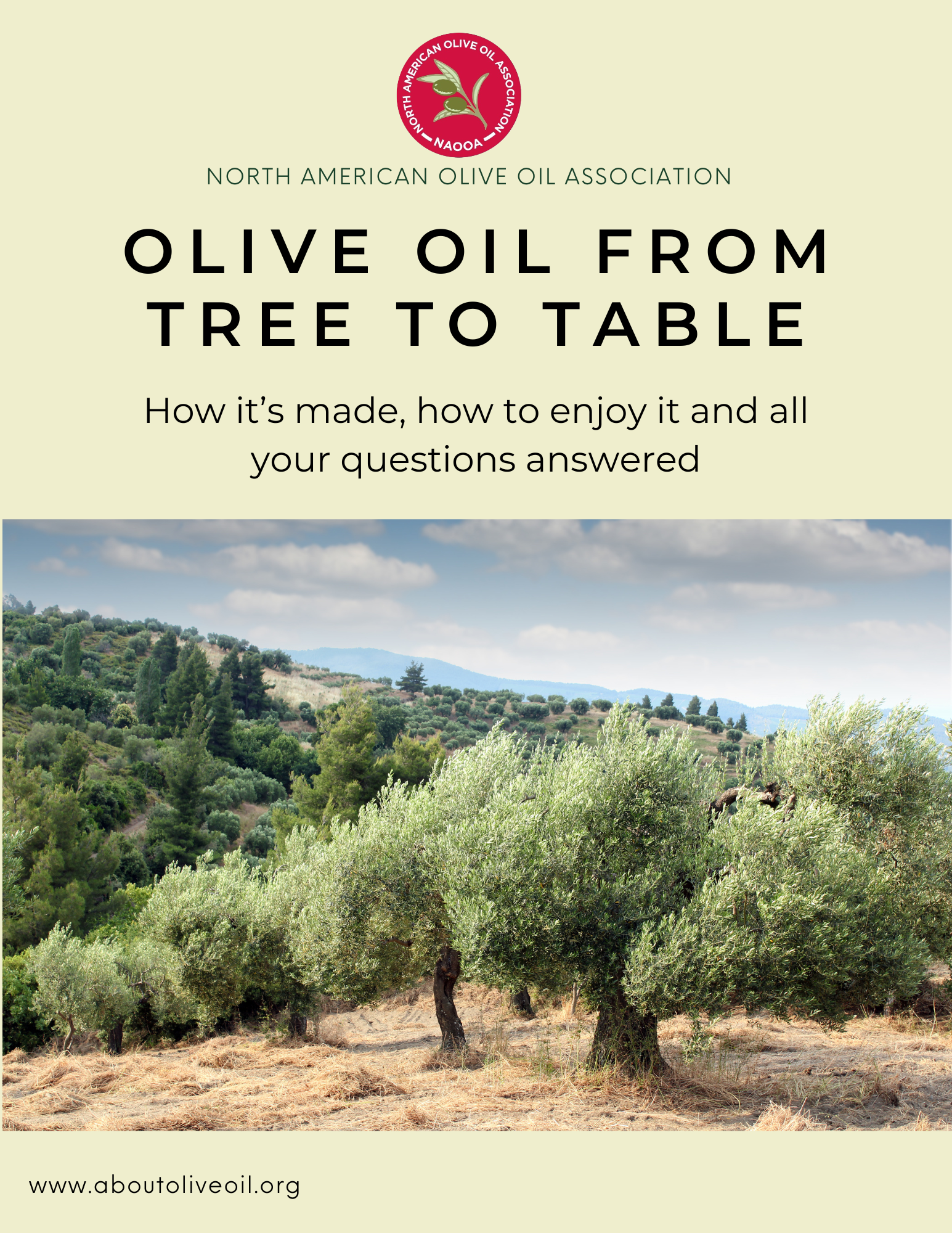.jpg?width=1620&name=green%20olive%20oil%20(Large).jpg)
October typically marks the start of the annual olive harvest in the northern hemisphere, and TikTok is adding to the anticipation this year.
Nadia Caterina Munno aka “Pasta Queen” shared a viral TikTok on how olive oil is made. She sets her TikTok in Italy, but it could be re-shot in any country where excellent olive oil is made. (For a more in-depth look at the process, check out the "Basics of Olive Oil" on AboutOliveOIl.org.)
The neon green elixir that emerges from the centrifuge in the Pasta Queen's TikTok is visually striking -- like something cooked up by Nickelodeon. Many of the viewers in fact posted reactions lamenting that the olive oil they have in their pantry pales in comparison both literally and figuratively. One commenter even said after watching they felt the extra virgin oil in their kitchen seemed “kinda sad.”
No need to be sad! Olive oil is always cloudy when it first comes out of the mill, the result of the actions of the centrifuge that separates the oil from the water, and from the presence of residual fruit particles. This is what is known as "olio nuovo”—literally “new oil”— and its intense flavors are almost intoxicating. But unfortunately, the pleasures of olio nuovo are fleeting. If left in the oil, the fruit particles that make the oil cloudy will eventually end up as sediment at the bottom of the bottle and negatively impact its quality. The shelf life of a bottle of olio nuovo, if you are lucky enough to find a true one in your market, is likely no more than three months from the date of harvest.
That's why before bottling, most extra virgin olive oil will go through a process of filtering or settling and racking to clarify the oil, removing the last particles of olive fruit and moisture which can shorten the shelf life, leaving just the amazing essence of "green gold" that you are accustomed to. Yes, it is possible to find "unfiltered" olive oil in stores. Some prefer the taste--or even the idea--of an unfiltered oil, but that’s a personal choice. If you do buy unfiltered olive oil that is cloudy or contains a lot of sediment, however, for the reasons stated, it’s best to look for the freshest bottle available and use it up as soon as possible after opening.
It’s also important to keep in mind that just like wine, there are different qualities of olive oil and they may be enjoyed differently. For raw use, such as dipping, finishing, or as a condiment (or even if you want to do shots), then look for the best quality, freshest extra virgin olive oil you can afford. By all means, if you live or are traveling near a mill, then you may want to check if they have visiting hours during harvest. But if you can't get your hands on some olio nuovo at the source, there are many great bottled options available at retail, including those in the NAOOA’s Extra Virgin Alliance.
For everyday cooking, you will be perfectly happy with a less expensive extra virgin olive oil you can buy from your local grocer (a full list of NAOOA member brands can be found on our website). In terms of flavor, culinary versatility, potential health benefits, and minimal processing, you can't go wrong choosing extra virgin olive oil as the workhorse in your kitchen.
In fact, I think you will find that that same everyday extra virgin olive oil in your kitchen will make solvent-extracted refined vegetable oil alternatives look “kinda sad” in comparison!

.jpg)



